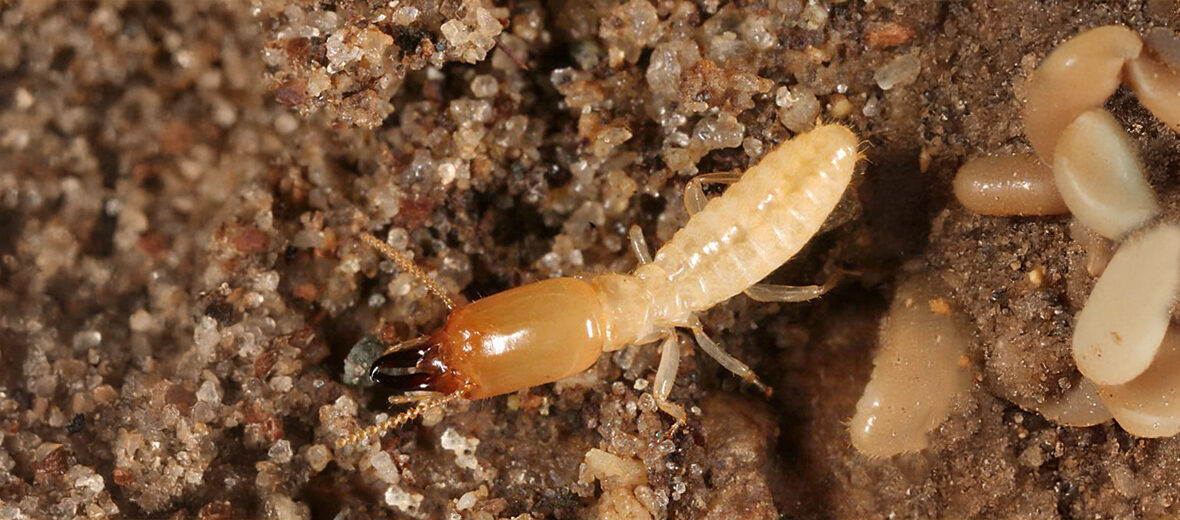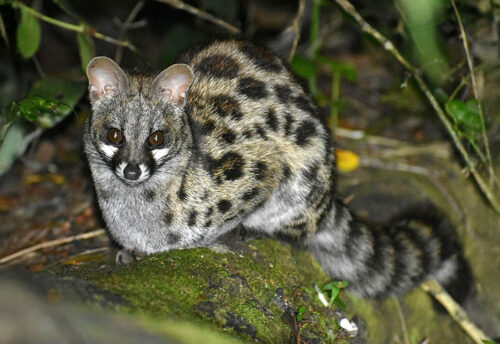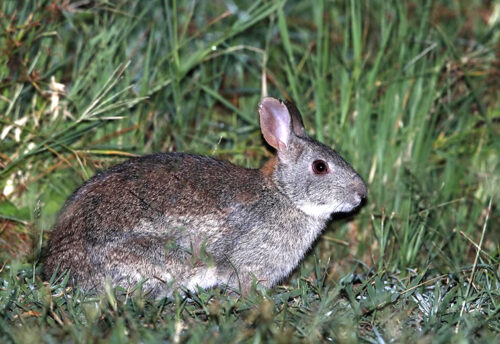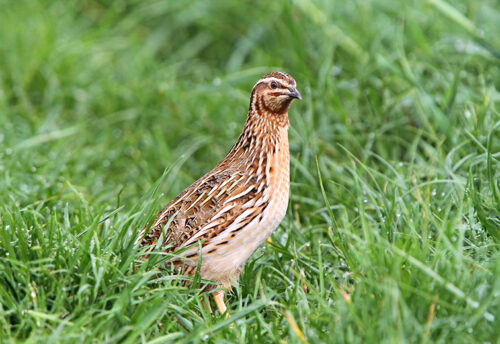
The eastern subterranean termite is the most commonly found and most economically significant termite in North America. They are found as far north as southern Ontario. Originating in southeastern United States they are considered to be invasive in southern Canada, Europe (France, Germany, Italy, the Netherlands), South America (Uruguay and Chile), and the Bahamas. These insects are not currently evaluated by the IUCN.
First the Stats…
Scientific name: Reticulitermes flavipes
Length: Up to .39 inch
Lifespan: Up to 2 years (workers) | Up to 30 years (queens)
Now on to the Facts!
1.) Like other termites, they feed on cellulose which is found in paper, books, buildings, wooden fixtures, and cotton.
2.) A mature colony can range in size from 20,000 workers up to as many as 5 million workers. The primary queen of the colony lays 5,000 – 10,000 eggs per year adding to this total.
3.) Just like ants and other social insects, they share resources and divide labor based on a caste system.
4.) Individuals in the colony are typically organized into 3 castes: worker, soldier, and reproductive.
5.) Workers are about .12 inch long and are blind, soft-bodied, and wingless. They are creamy white to grayish-white with a round head. They make up the majority of the termites that actually eat wood.
But wait, there’s more on the eastern subterranean termite!
6.) Workers are sterile and forage for food and water, build and repair shelter tubes, feed and groom other termites, care for eggs and larvae, and engage in the colony’s defense.
7.) Soldiers are also wingless and look like workers sans having a large, rectangular, yellowish-brown head with long black mandibles. The soldiers’ primary purpose is colony defense. Their mandibles are primarily used for crushing enemy ants which might invade the colony.
Did you know…?
These termites are opportunistic, and a newly hatched termite can develop into any of a number of castes. At first, they start as a worker termite and are most likely to remain a worker for their entire life. Molting can change the worker though into a pre-soldier and subsequently, a soldier. The soldier caste is a finel stage which can no longer molt.
8.) Soldiers, measuring up to .47 inch, also have a fontanelle (frontal gland pore) on the forehead where they secrete a blend of terpenoid compounds. These secretions are synthesized anew and are also used to defend the colony from predators like ants.
9.) Soldiers make up to 2% of the entire colony. They are not capable of feeding themselves and depend on the worker termites to provide them with regurgitated food.
10.) The reproductive caste are called nymphs and can be told apart from workers by the presence of wing buds. These individuals measure up to .39 inch.
But wait, there’s still more on the eastern subterranean termite!
11.) The precursors of winged adult termites are called alates which are sexually mature. Termite nymphs are non terminal and can revert back to the worker stage. These reverted nymphs are called pseudergates. Nymphs and workers also have the ability to develop into secondary and tertiary neotenic reproductives as well.
12.) Swarming is the quick, mass appearance of alates during the day from February – April. After this behavior male and female alates drop their wings, pair up, and form new colonies.
Did you know…?
These termites are responsible for 80% of the $2.2 billion spent each year in the United States alone on termite control.
13.) These insects were first described by the American paleontologist Joseph Leidy, in 1877.
14.) Introduction to the gut microbiota using things like antibiotics or boric acid, a common agent used in preventative treatment, have all been shown to cause irrecoverable damage to their digestion and lead to the rise of opportunistic pathogens and death.
15.) Ants, assassin bugs, spiders, birds, lizards, frogs, anteaters, aardvarks, wasps, and dragonflies all prey on these insects.
Now a Short Eastern Subterranean Termite Video!
Be sure to share & comment below! Also, check out the Critter Science YouTube channel. Videos added regularly!

Want to suggest a critter for me to write about? Let me know here.
Some source material acquired from: Wikipedia
Photo credit: Gary Alpert



